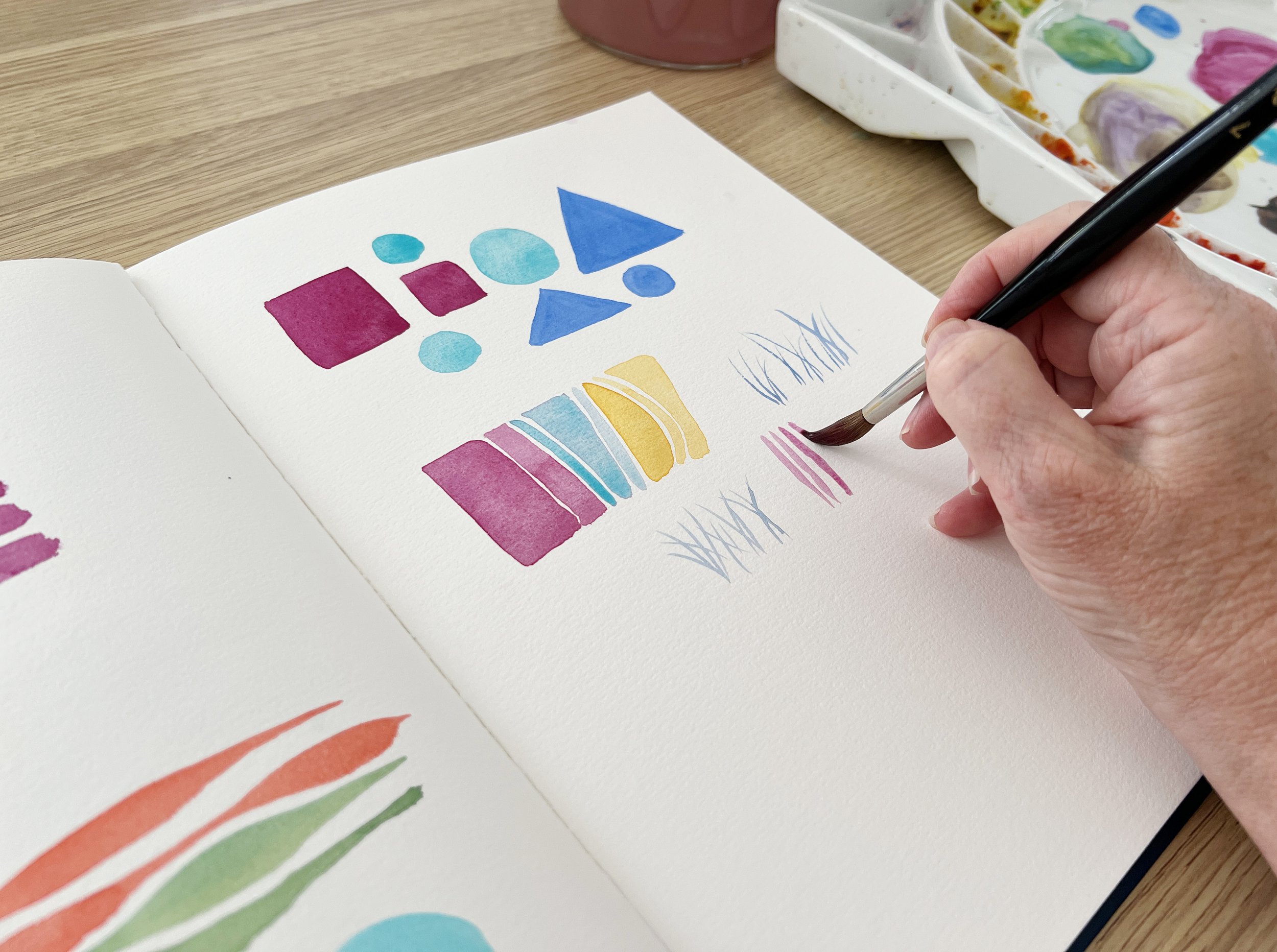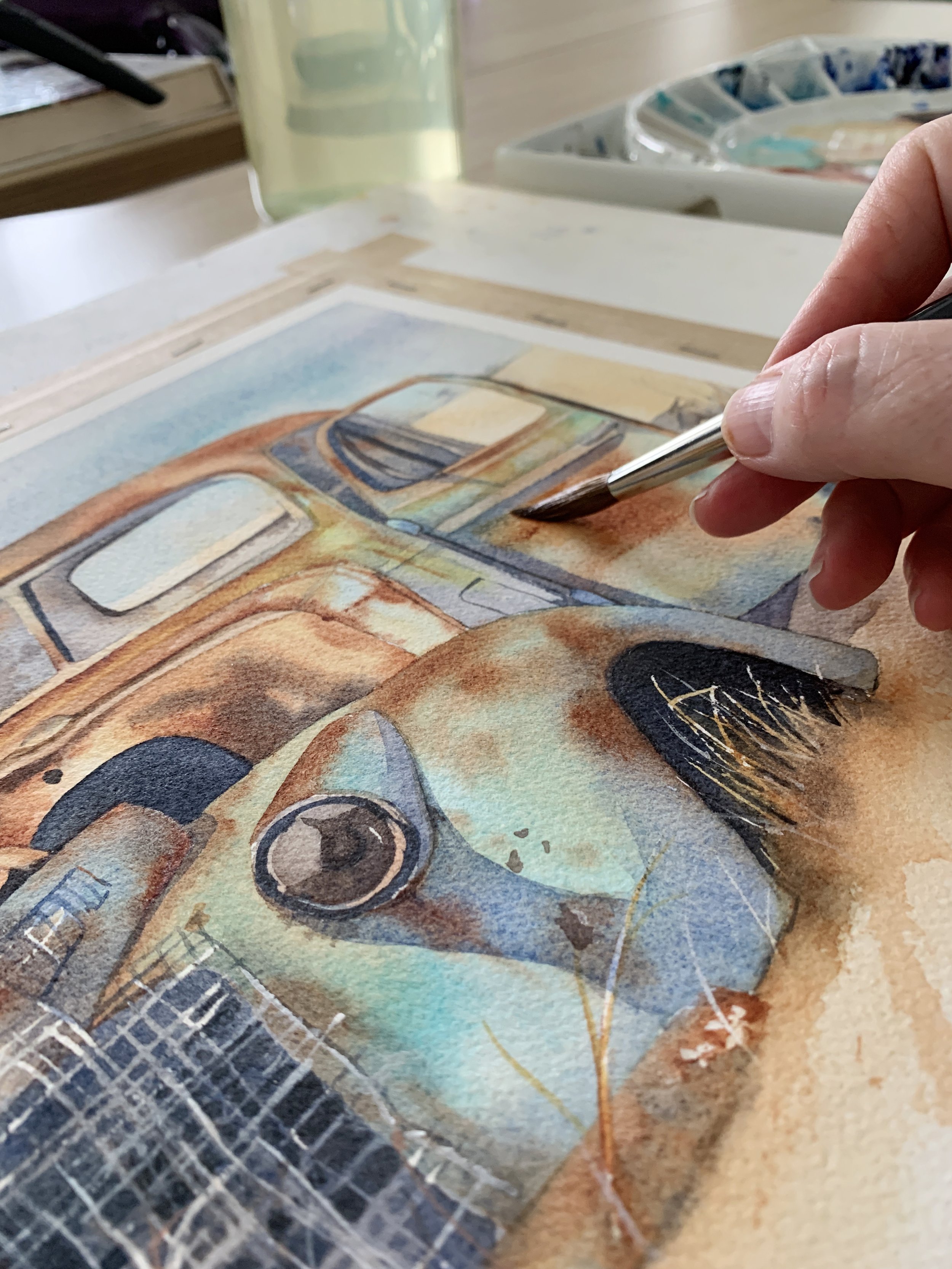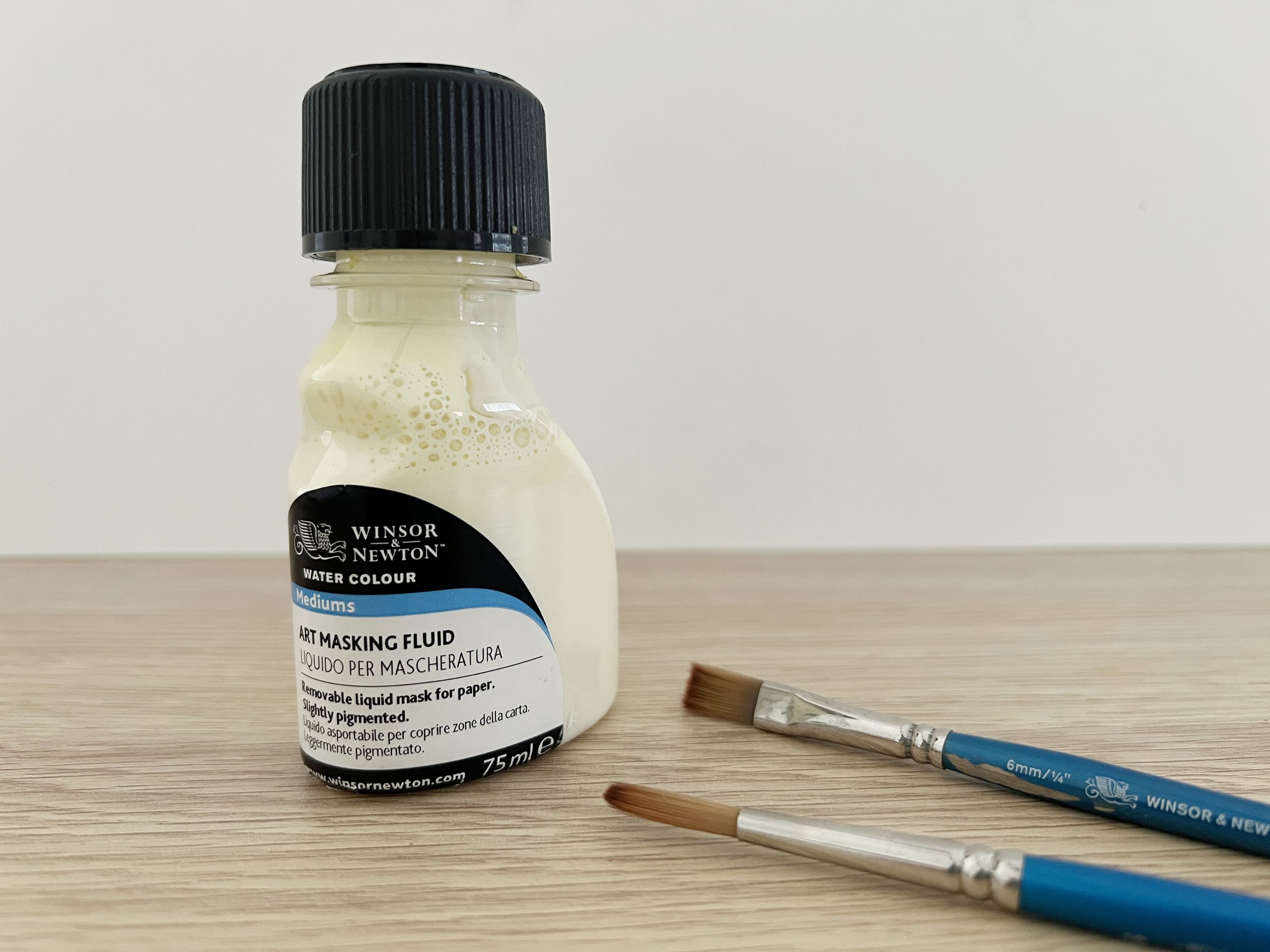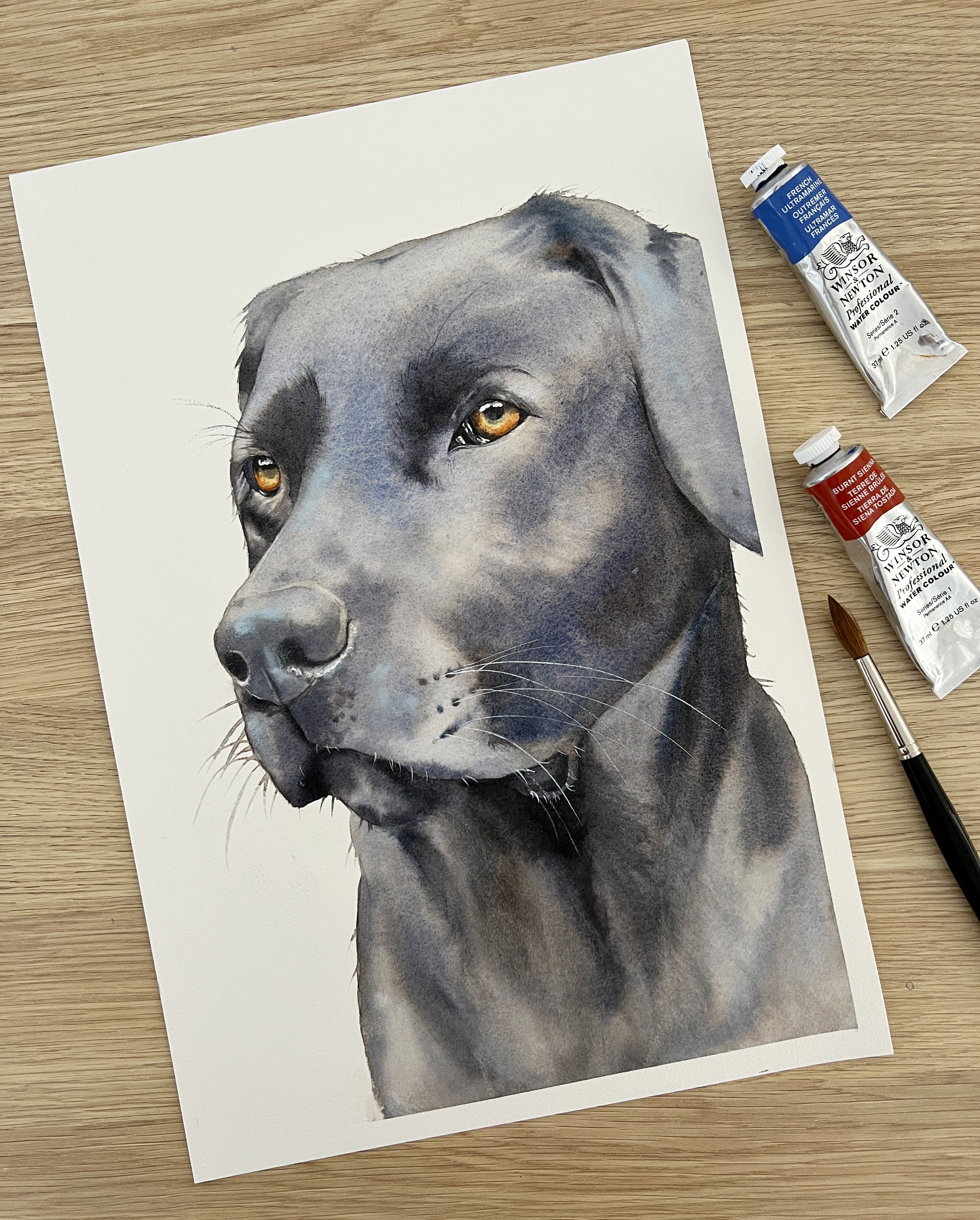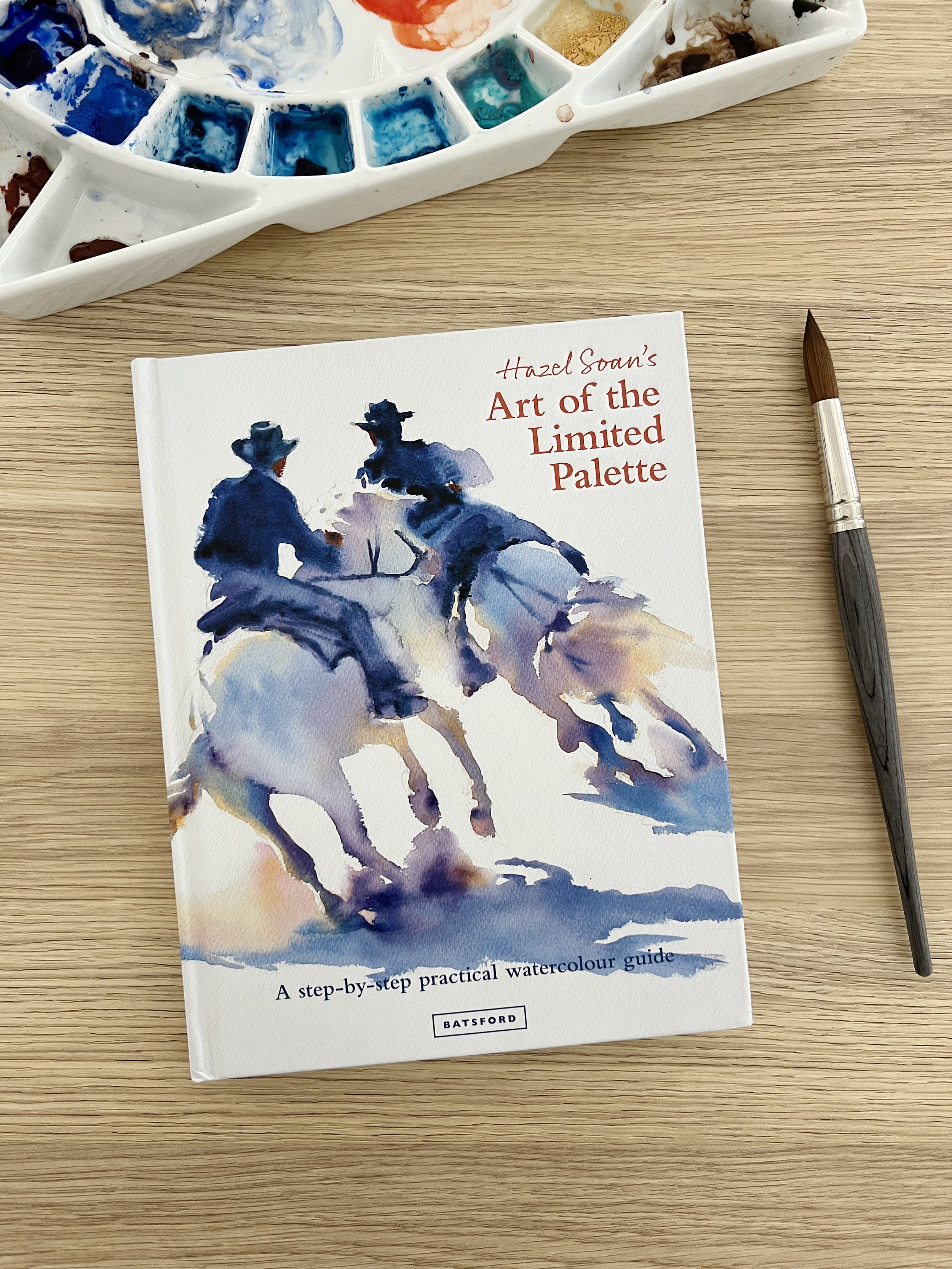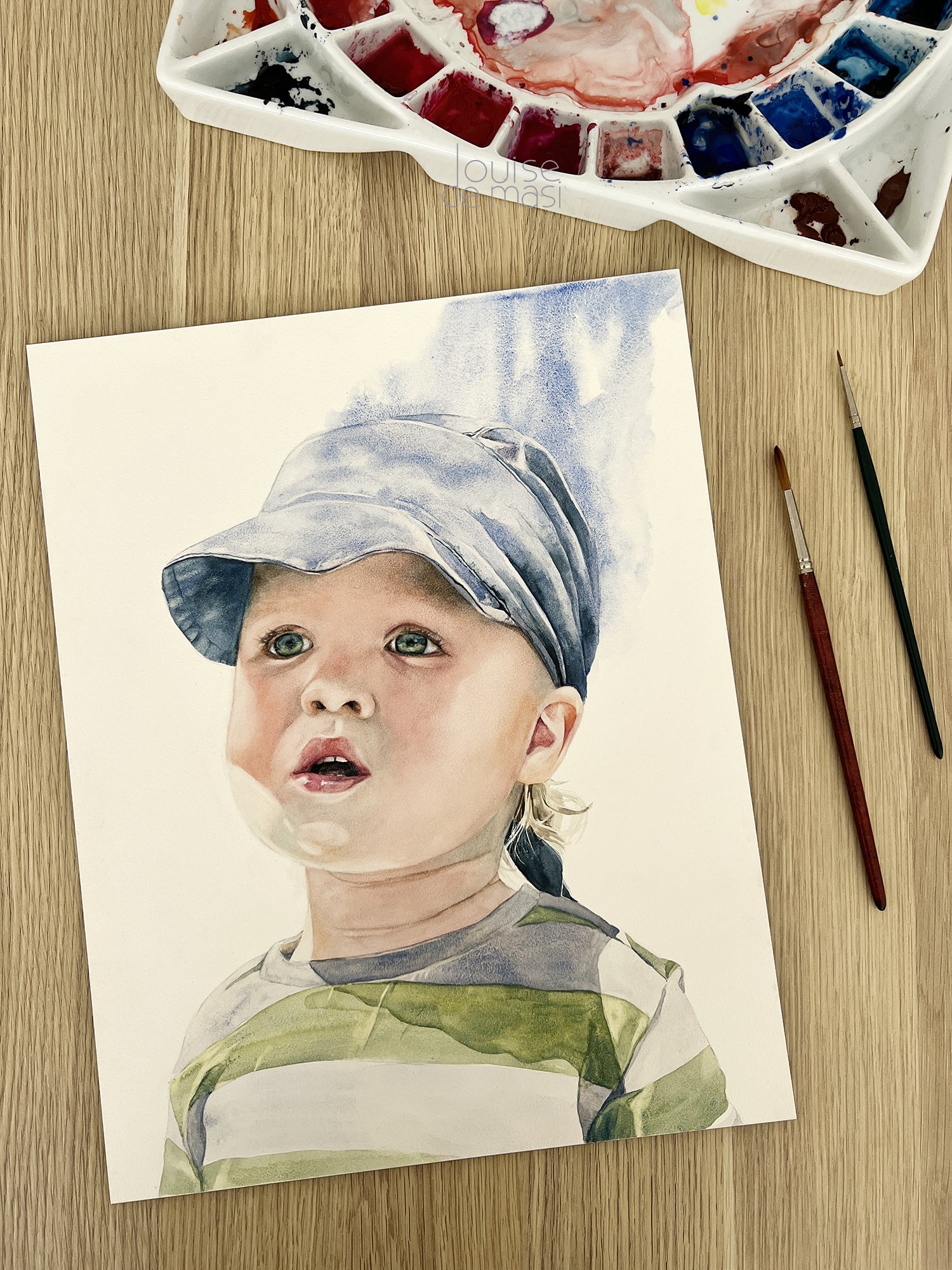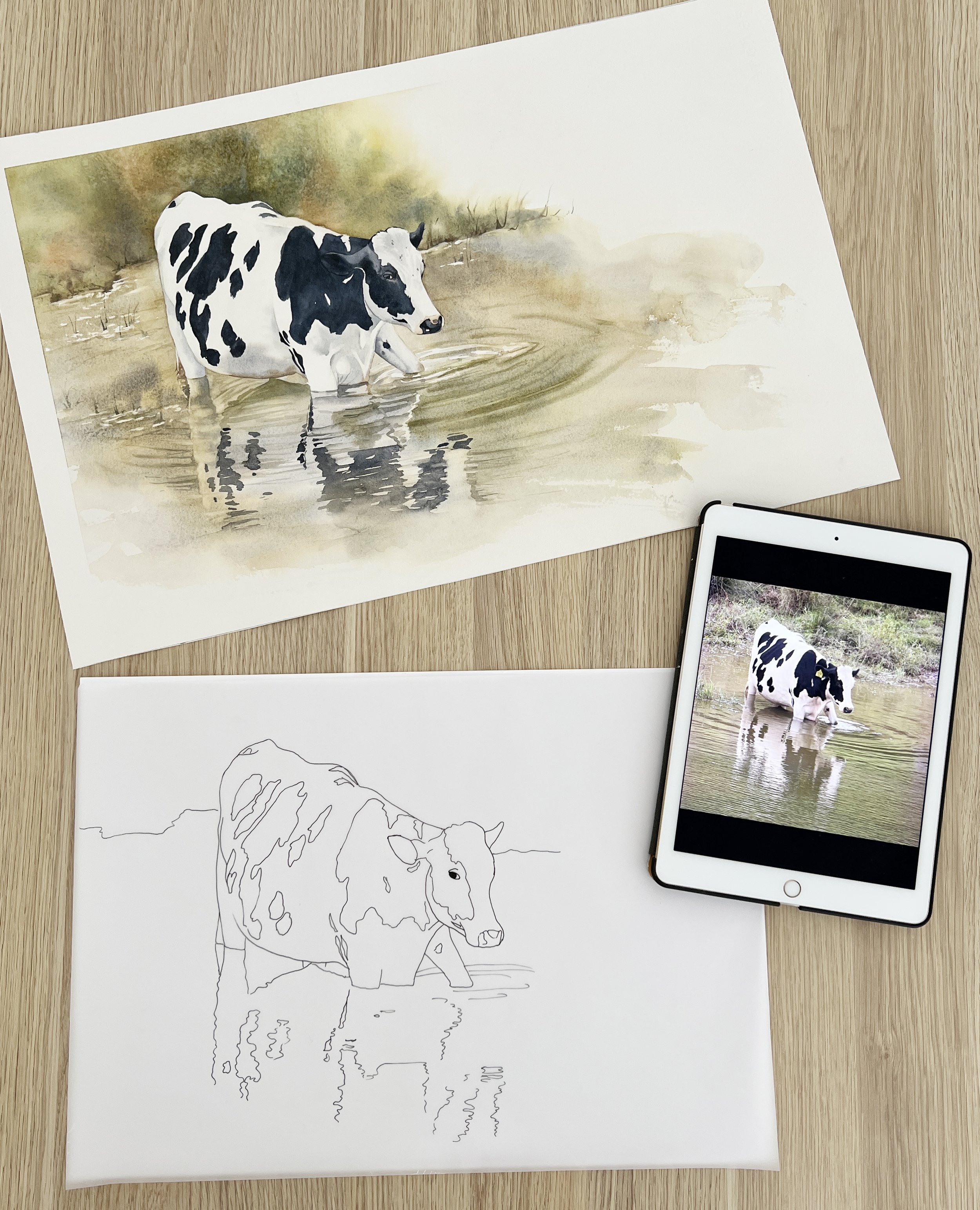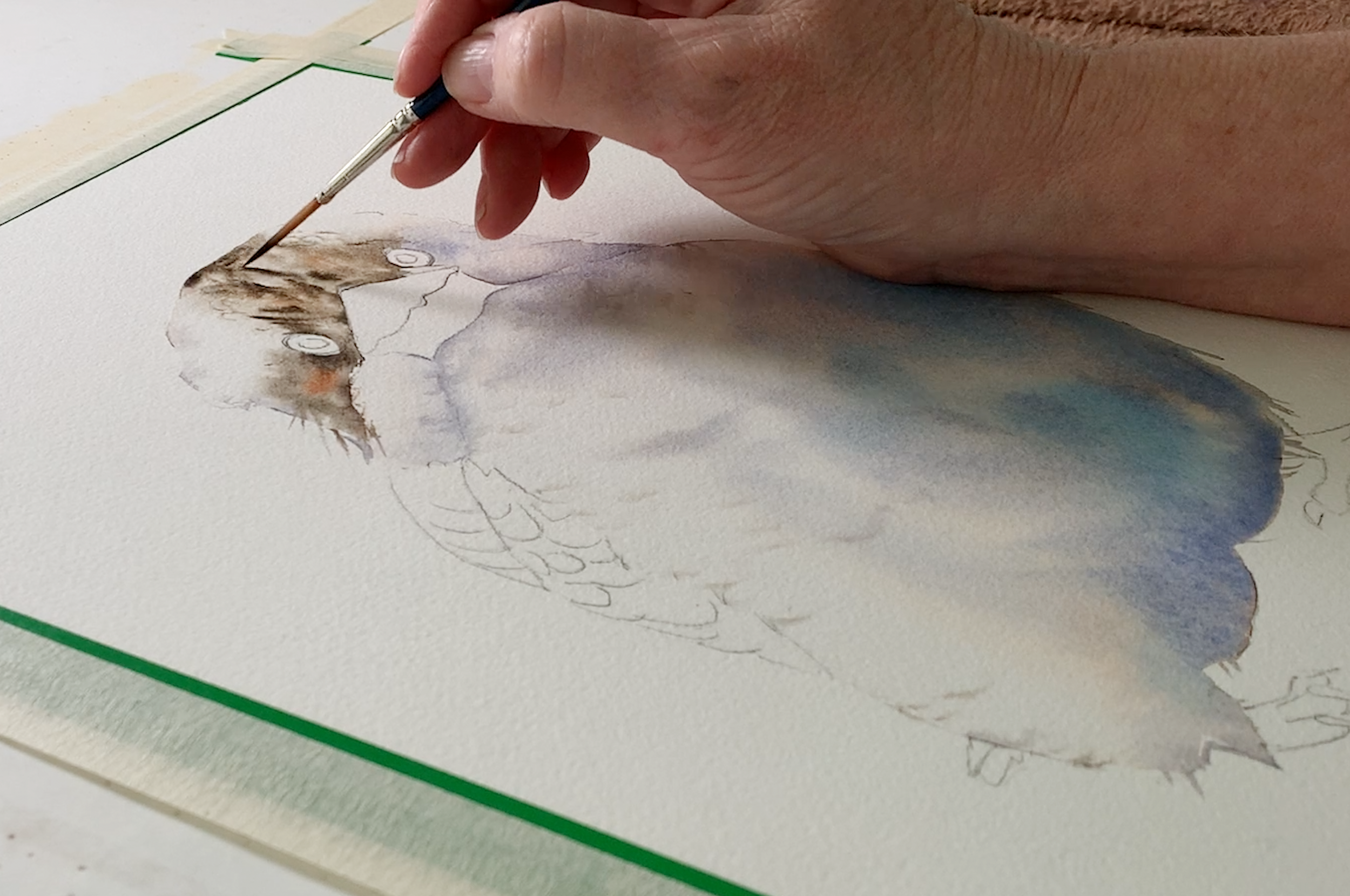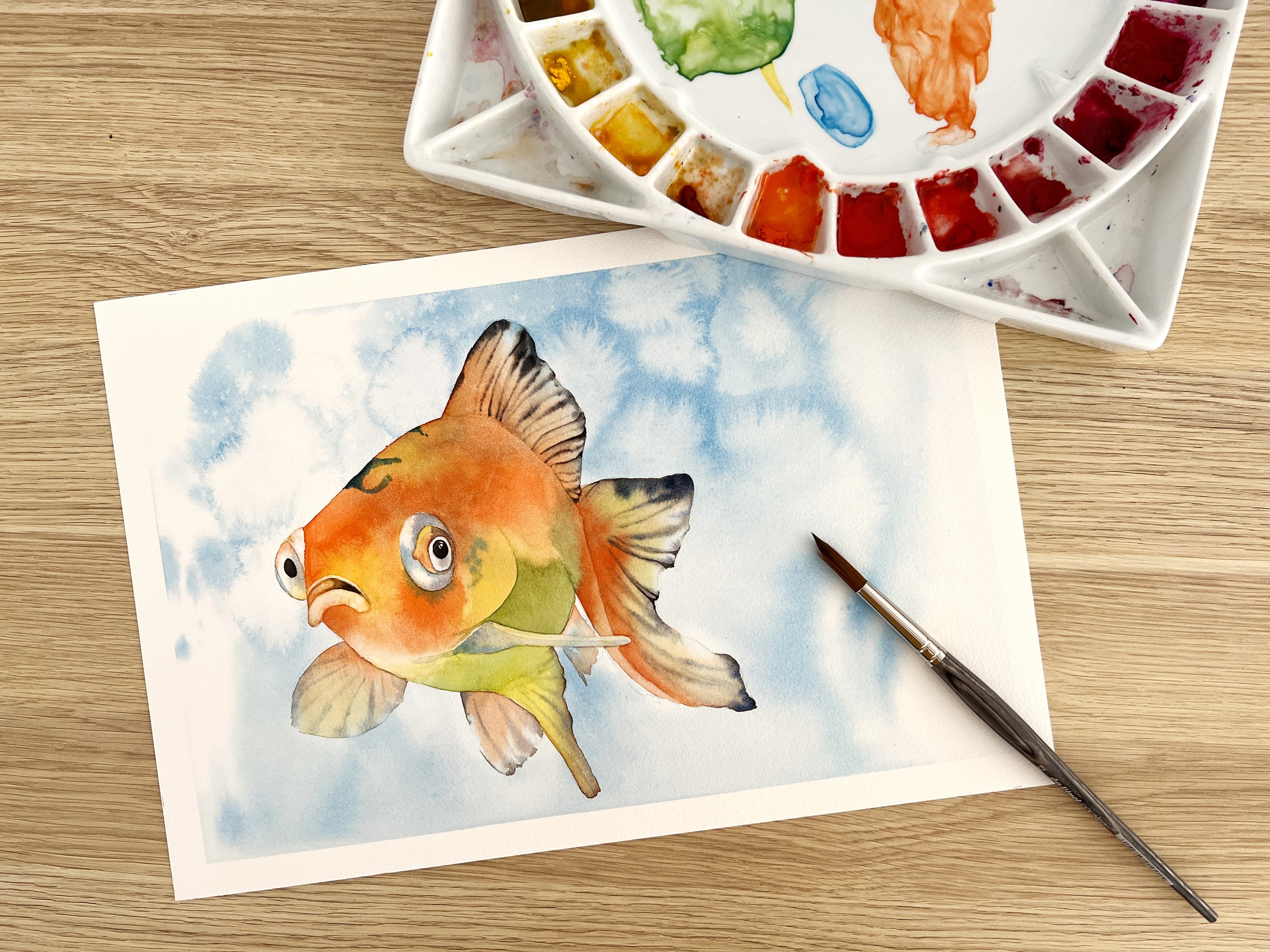Let's face it, we're all busier than a set of watercolor brushes at a plein air festival. Finding time to paint can feel like trying to squeeze another color onto an already crowded palette. But here's the kicker: you don't need to carve out a massive chunk of your day. Setting a specific time for your art, be it early morning or late evening, creates a sacred ritual. It's like having a coffee date with your creativity, and trust me, your muse appreciates punctuality.
Read MoreUnstretched paper naturally buckles when water and wet paint are applied, as the paper's fibres expand, creating an uneven surface that presents challenges during painting. This buckling can result in unexpected streaks, blooms, and undesirable edges, ultimately compromising the intended effect of the artwork. As well as that, the buckled paper may dry unevenly, which not only effects the painting process but also the presentation of the finished painting. Techniques like wet-on-wet or gradients, which rely on precise control over the paper's moisture, become difficult to execute effectively when the paper is not properly flattened.
Read MoreBefore diving into specific colour substitutions, it's crucial to understand colour properties: hue, value, and saturation. These are universal, regardless of the brand. Hue refers to the colour itself, value to its lightness or darkness, and saturation to its intensity. When looking for a substitute, aim for a match in these three properties, and you'll be close to the original colour.
Read MoreSynthetic brushes are made from synthetic fibres such as nylon, Taklon, or a blend of synthetic materials. They are vegan and cruelty-free, appealing to those who prefer not to use brushes made from natural hair. They may not hold water as well as natural hair brushes but with advancements in brush technology, synthetic brushes now have improved water retention. They are generally more affordable than natural hair brushes, so if you are a beginner or you are on a budget, synthetic brushes are a good choice.
Read MoreIt's important to store your watercolour brushes well to maintain their shape, preserve the bristles, and extend their lifespan.
I used to store my brushes upright in containers but when we built my studio I included some narrow drawers to be built into the cabinetry.
I now store my brushes in the drawers. I bought some PVC multi purpose cupboard protector rolls and I cut them to fit inside the drawers. The liner stops the brushes from rolling around when I open and shut the drawers.
Read MoreBefore you start practicing there are several factors that can affect the outcome and quality of your brush strokes in watercolour painting.
Be aware of how much water you have mixed into your paint mixture. Thicker paint may result in more textured strokes, while thinner paint creates smoother, more translucent effects. When you are practicing brush strokes like those demonstrated in this blog post, you want the paint brush to glide over the paper so your paint mixture needs to be fluid and not too thick.
Read MoreUnderstanding the amount of water on your brush and its interplay with the paper is vital. Watercolour techniques like dry-on-dry, wet-on-dry, wet-on-wet, and dry-on-wet are not just techniques; they are the essence of watercolour painting. Each watercolour method allows for a different expression of water and pigment, and mastering these can elevate your art.
Many beginners may not use enough water on their paper. The brush should glide effortlessly over the paper for most techniques, except for dry brushing. Adjusting the water level in the paint mixture or in your brush, can help achieve the right flow.
Read MoreWhen it comes to applying masking fluid, your imagination is the limit. You can use synthetic brushes, ruling pens, silicone brushes, toothbrushes for splattering effects, sponges, bamboo quills and even fountain pens. Each tool brings its own unique magic to the paper.
Read MoreWhen I paint, I don't want to replicate the photo, I want to create an original piece of art.
There's a lot of information in my reference photo. The background is really busy and the Cockatoo has a lot of feather detail so I recognised the need to simplify to achieve a successful painting.
The photograph created the initial spark for the painting but it is merely a starting point to help convey the essence of the scene.
Read MoreOpacity is influenced by the degree of dilution in watercolour paints. Water is used for diluting watercolour paint, and the extent of dilution directly impacts the tonal value of the paint colour. It's worth noting that transparent pigments, when applied to the paper at their full intensity (with minimal water added), can appear opaque. On the other hand, when water is used to thin down opaque pigments, they can show a more transparent quality.
Read MoreI refer to a lost edge as an edge that is absent. A lost edge is painted by allowing the adjacent colours or values to blend or bleed into one another. In the Leucadendron painting below I have obscured the edges of some of the bracts and leaves by making the background colour the same colour as the subject.
Read MoreThe pre-mixed blacks appear a bit dull and uninspiring compared to the black I mixed myself. There's just something about the personally mixed hue that adds a touch of life to it. It's subtle, but it makes a difference.
When you mix blacks you can also adjust the temperature of the colour which will add some life to your paintings. Because you are mixing colours together, you are in control of the ratios. If you want a cool black, mix more of the cool colour you are using. If you want a warm black use a bit more of the warm colour you are mixing with.
Read MoreThe goal of using a limited palette is to achieve color harmony, simplify the decision-making process, and gain better control over the interaction of colors in a painting. You use a limited palette to create balanced, cohesive, and visually pleasing paintings.
It's important to note that a limited palette is not 'limiting'. Hazel Soan emphasises that working with a limited palette doesn't confine your creativity; instead, it sets you free. It empowers you to paint fearlessly, secure in the knowledge that your colors will harmonise effortlessly.
Read MorePainting on Aquabord offers a unique experience compared to traditional watercolour paper. Watercolour paper encourages exploration and experimentation, striking a delicate balance between control and spontaneity. The paint dances over the wet paper, producing surprising and delightful effects.
However, painting on Aquabord requires a distinct and different approach. The clay surface is absorbent and it doesn't stay wet for long. When I use it, I have to change my normal painting method.
Read MoreWhen creating drawings for watercolour paintings, you need to select and include essential information while omitting unnecessary details. Planning plays a crucial role in guiding these decisions it serves as a roadmap, allowing you to make informed decisions about what to emphasise in your line drawing.
Begin your painting process by carefully choosing your reference material, prioritising clear focal points and well-defined shapes that will translate effectively into your drawing.
Read MoreTo test both of these mediums, I took two glasses and used two pipettes. In one glass, I put 5 drops of gum arabic, and in the other, I added 5 drops of ox gall. Then, I painted rectangles of each solution in my watercolour diary, alongside a rectangle using just plain water. I watched them dry, and indeed, the rectangles with the mediums mixed into the water stayed wet longer than the rectangle with plain water. However, the difference in drying time was marginal. Nevertheless, I was still hopeful that these mediums would make a difference to blending and drying times when I was painting.
Read MoreThere are a few different watercolour techniques you can use on both a wet surface, and on a dry surface.
Get yourself a 100% cotton watercolour journal and spend some time practicing all of the blending techniques I have described below.
Read MoreUnlike the wet-on-dry method, glazing is a technique that allows you to adjust the colour and tone of an existing area without altering its underlying details.
Glazing adds richness and complexity to your watercolour painting by modifying the colour and creating subtle variations, making it a valuable technique for achieving depth and complexity in your artwork.
Read More




